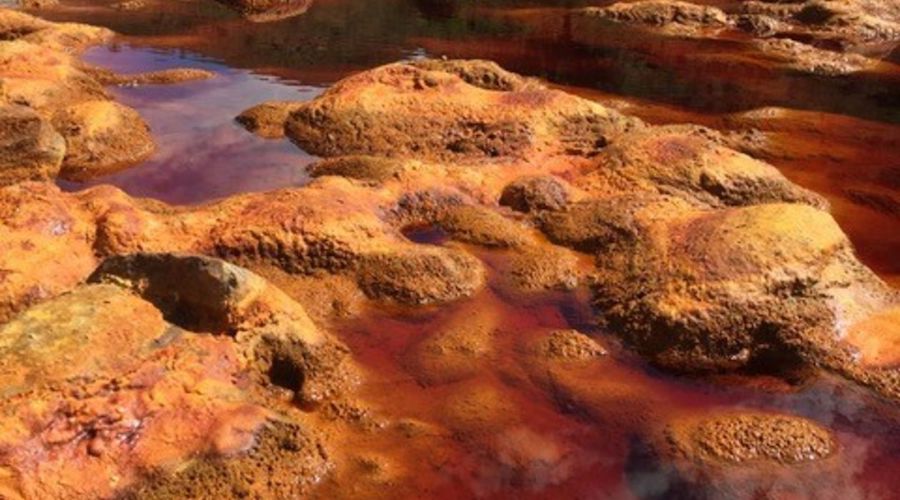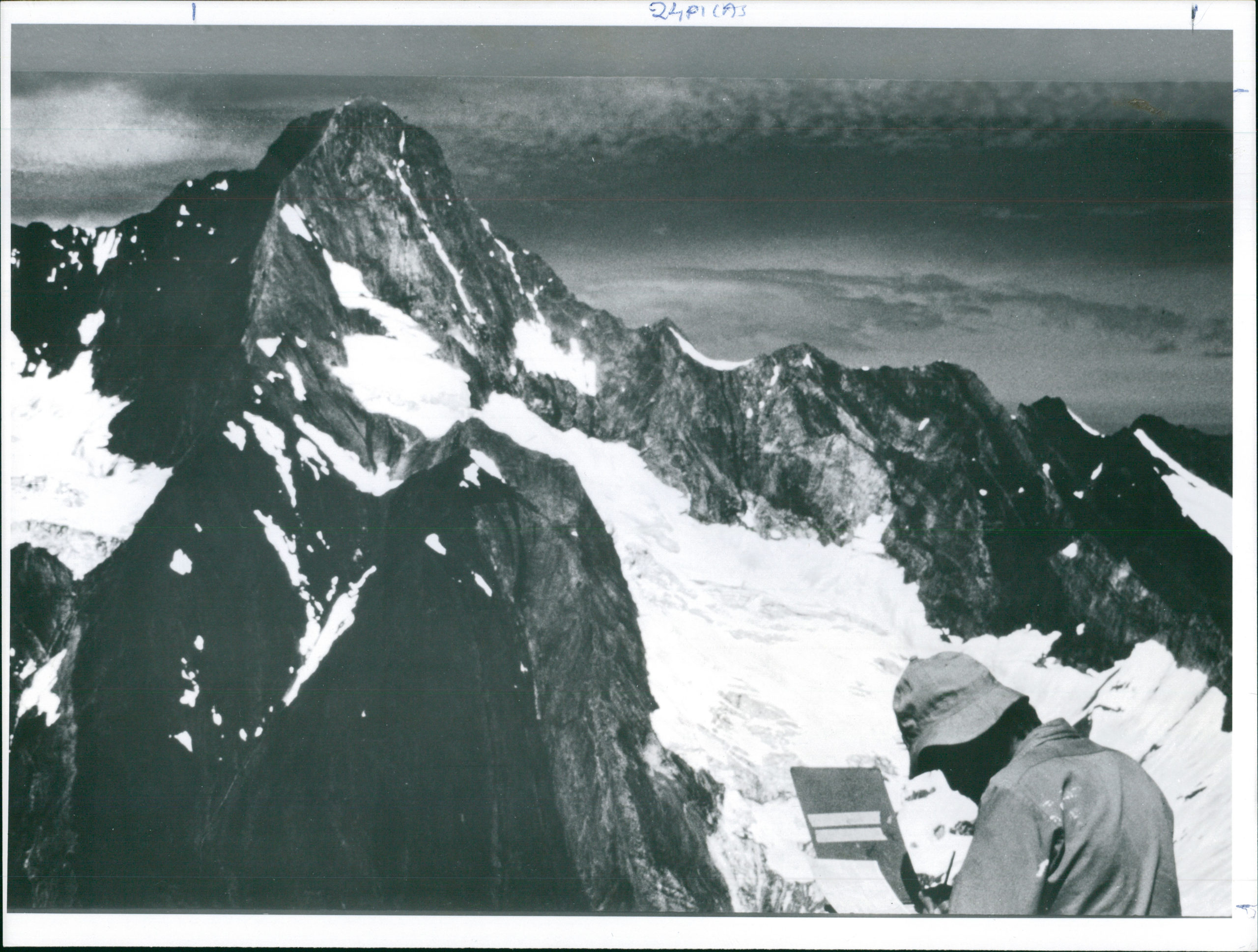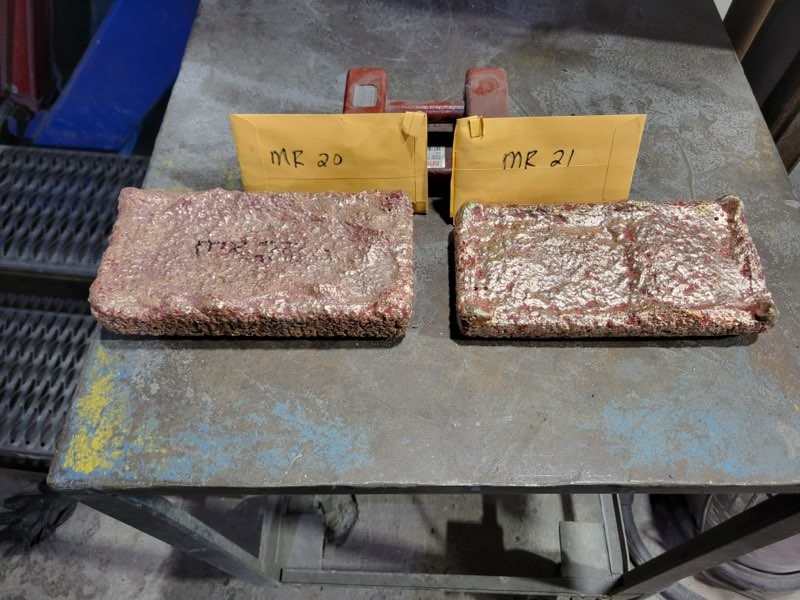In a paper published in the journal Applied and Environmental Microbiology, the Tübingen researchers explain that the discovery took place when they set up to investigate where the microorganisms in the Rio Tinto estuary get energy for their metabolism under the extreme conditions caused by acidic river water – polluted with heavy metals from ore mining and mineral weathering – mixing with the saltwater of the Atlantic Ocean.
They also wanted to learn what influence the microbes have on the depositing or dispersion of heavy metals in the estuary.
The team conducting the research found that the microorganisms that love such extreme conditions form a unique community. They live in water as acidic as vinegar, are resistant to high salinity, some also cope very well with high levels of toxic metals and most derive their energy from dissolved iron.
“In the process, they form iron minerals and precipitate other toxic metals around their cell wall. These aggregates of cells and minerals are then transported downstream to the estuary,” Andreas Kappler, co-author of the study, said. “We were particularly interested in what happens when the acidic river water mixes with seawater there.”
Kappler and his colleagues noticed that the high chloride concentration from the seawater is toxic to the acid-loving iron-oxidizing microbes. This means that most of them disappear in the estuary. However, once there, other iron oxidizers that can cope with the high salinity take over. In addition, the high levels of iron dissolved in the estuary attract species of marine iron oxidizers.
According to the scientists, the iron oxidizers are also the ones that form iron minerals in the estuary and precipitate toxic metals such as arsenic and chromium, which are deposited in the sediment of the Rio Tinto. Some of these minerals are also transported further to the edge of the sea.
“By gaining insights into this microbial community, we are learning more about the influence of microorganisms on the mobility of toxic metals in Rio Tinto,” co-author Sara Kleindienst said.
The researcher noted that pollution in the area began very early, in the Chalcolithic Period, around 5,000 years ago. Back then, people were mining ore on the upper reaches of the river above the pyrite belt of the southern Iberian Peninsula.
The rock belt contains gold, silver, copper, tin, lead and iron, as well as large iron sulphide deposits. When the ore was mined, the iron sulphide came into contact with oxygen in the air, allowing certain microorganisms to oxidize iron and sulphur. “This creates blood-red, extremely acidic water that dissolves tons of other toxic metals such as manganese, cobalt, nickel and cadmium from the rocks every year and washes them into the river,” Kleindienst said.
For the researcher, the new study helps clarify many of the processes that take place in the so-called “red river.”




